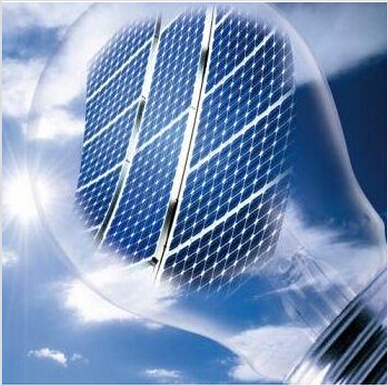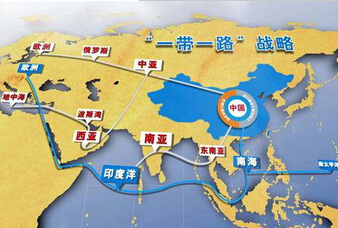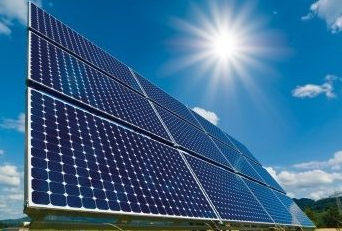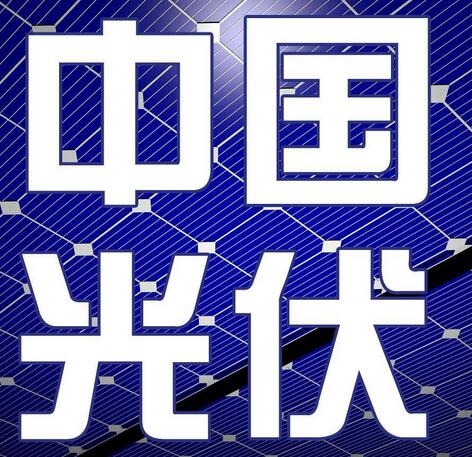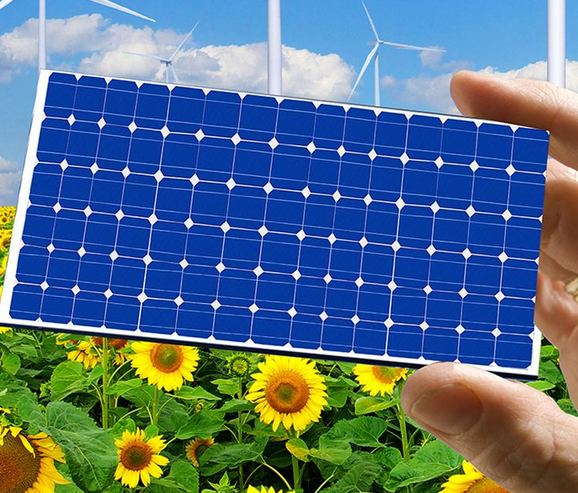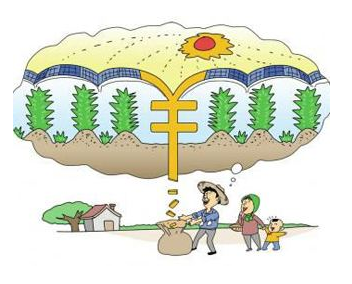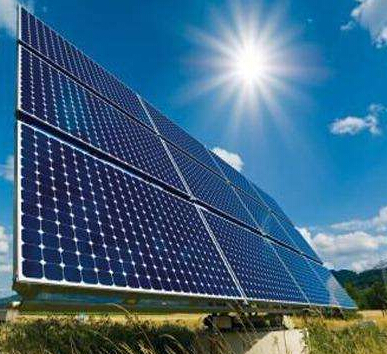Photovoltaic poverty alleviation is one of the top ten projects for poverty alleviation in China. Since the pilot work in 2014, it has undergone three major stages of pilot exploration, comprehensive promotion and deepening implementation. As a result of stabilizing the poverty-stricken people to increase poverty, effectively protect the ecological environment, and actively promote The structural reform of the supply side of the energy sector has formed the effect of “getting more at one stroke” and has developed into a new industry in poverty-stricken areas. By the end of 2017, a total of 25 provinces, autonomous regions and municipalities and 940 counties had carried out the construction of photovoltaic poverty alleviation projects, with a total construction scale of 10.11 million kilowatts, directly benefiting about 30,000 poor households with a population of about 30,000 poor villages. Up to now, it has been included in the National Photovoltaic Poverty Alleviation Catalogue Project with 5.538 million kilowatts, covering 965,000 households.
"At present, the fight against poverty has reached a critical period of decisive battle. The next step will be to open up poverty alleviation as a basic way to increase industrial poverty alleviation." Yang Ruihua revealed that the next step will be to "build 15 million kilowatts of photovoltaic poverty alleviation power station, precision assistance 280 The established goal of 10,000 poor households continues to promote PV poverty alleviation.
“When I went to the Qinghai Tibetan Area for investigation in July, I found that a small number of areas still can only use electricity in the form of photovoltaics, and there is no mobile phone signal, which causes great inconvenience to the local farmers and herdsmen.” Li Gang, researcher of the Development Planning Department of the National Energy Administration With the research story of “muddy content”, “With energy, industrial development has a foundation, and poverty alleviation can be guaranteed.” According to him, the National Energy Administration will continue to focus on deep poverty areas and vigorously promote energy projects in poverty-stricken areas. Construction, efforts to provide reliable energy security for the development of poverty-stricken areas, solidly improve the rural network in poverty-stricken areas, deepen the promotion of photovoltaic poverty alleviation projects, and prioritize the construction of energy projects in poverty-stricken areas.

“The sun will make money when it comes out, and PV will give me a good picture.” A poem written in Shanxi shows that PV poverty alleviation is welcomed by poor areas. “When photovoltaic poverty alleviation entered poverty-stricken counties three years ago, the local Development and Reform Commission and the power sector were very unfamiliar with this project. Now this phenomenon is fundamentally reversed with the deepening of PV poverty alleviation.” Director of Shanxi Poverty Alleviation and Development Office Zhang Linyang told reporters that on the basis of the 300-kilowatt village-level photovoltaic poverty alleviation power station in Guihua Village, Xinyi Town, Lishi City, Luliang City, Shanxi Province, all the 134 households in the village were installed with solar thermal heating systems, in addition to the PV poverty alleviation income. The household can also save 3,800 yuan in heating costs per year. “If there is no PV poverty alleviation in rural areas, it will not be possible to change so quickly in the adjustment of energy structure.”
It is understood that Shanxi is the first pilot province for photovoltaic poverty alleviation in the country. So far, a total of 786,600 kilowatts of photovoltaic poverty alleviation power stations have been completed and put into operation. The planned 1.029 million kilowatts of village-level photovoltaic poverty alleviation power stations at the end of 2017 have been built and connected to 666,700 kilowatts, with a grid connection rate of 64.86. %, it is expected to be fully operational before the end of the year to bring benefits.
“Do not build hard, do not push hard, don’t engage in ‘one light.’” Zhang Linyang shared the “Photovoltaic Poverty Alleviation”: First, the village-level power station was promoted, and the number of existing village-level power stations accounted for 99.4% of the province. Second, the planning layout is tilted towards deep poverty-stricken counties, poor villages, and deep-poor groups. The third is to combine the new villages with immigrants, the construction of small towns, and the rural environmental upgrading project to make photovoltaic poverty alleviation a follow-up industry. The fourth is the multi-departmental jointization, which focuses on the review and examination of information data such as the scale of application, construction conditions and poverty alleviation results of various cities. At the end of 2017, the country issued the first batch of photovoltaic poverty alleviation projects in the “13th Five-Year Plan” with a total scale of 4.18 million kilowatts, and Shanxi Province alone accounted for 1.0294 million kilowatts, about 1/4.
Some insiders said that while the rapid development of photovoltaic poverty alleviation, it also exposed some problems. For example, there is a problem with the quality of photovoltaic modules. After several years of production, the power generation efficiency will be significantly reduced, and it may become a display after 5-10 years.
Although the “Measures for the Management of Photovoltaic Poverty Alleviation Power Stations” introduced in the first half of this year encouraged the adoption of advanced technologies that meet the “leaders” indicators, in the actual construction process, bidding was carried out on a county-by-county basis, and a large number of enterprises lacking experience in photovoltaic construction won the bid. Participate in the concrete implementation of photovoltaic poverty alleviation power station construction, and even use inferior PV modules and inverters to impair poverty alleviation.
In addition, most of the PV poverty alleviation power stations are “small, scattered, far, and weak”, and some PV poverty alleviation projects are not able to receive timely and effective maintenance to affect power generation revenue. According to Ji Zhenshuang, deputy director of Beijing Certification and Certification Center, according to the results of the sampling and verification of several provincial PV power stations, the preliminary calculations, such as the operation and maintenance, 18% of the poverty alleviation power stations can achieve more than expected revenue, 71% The power station can achieve the expected benefits, and 75% of the power stations have long-term operational safety assurance capabilities.
In this regard, the industry called for the establishment of standard specifications and information management systems for photovoltaic poverty alleviation power stations, strengthen project management, and put forward higher requirements for project construction and operation and maintenance, so that photovoltaic poverty alleviation can play a role.
















 RCCN WeChat QrCode
RCCN WeChat QrCode Mobile WebSite
Mobile WebSite